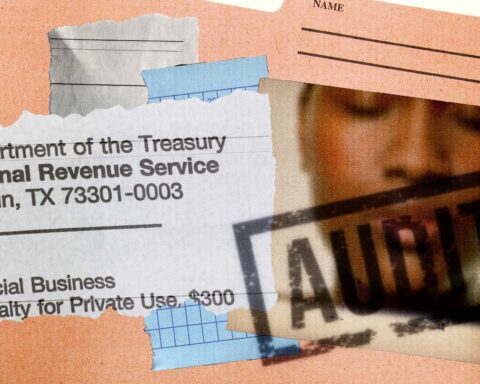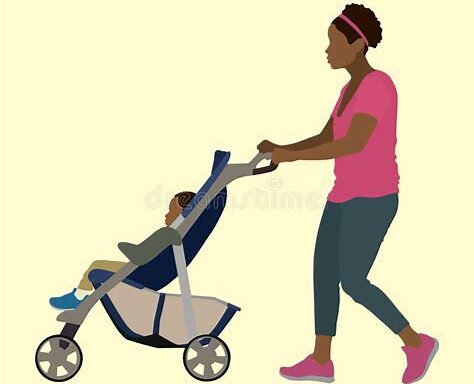About 8 million low-income people were eligible for stimulus payments last year but never received the money, raising concerns about getting the latest round of help to those most in need — yet there’s no sign the Internal Revenue Service plans to restore a tool that would make it easier.
Early in the pandemic, the IRS created a simple online form to allow low-income people who aren’t usually required to file tax returns to provide their contact information to the agency. But that tool has remained offline since November, even after Congress approved two more rounds of stimulus payments.
Now, people who missed out must file a 2020 tax return in order to get the money they’re owed from the first two stimulus checks, along with the third one. People who used the non-filer tool before it went offline will automatically receive their third stimulus payment without taking action.
An IRS spokesman told CNN Thursday that there are no plans to bring back the tool but encouraged people to file returns so that they can claim a credit for all three payments as well as claim any other expanded credits they may be eligible for, like the Earned Income Tax Credit or the child tax credit.
Filing a return ensures that families may get other benefits they qualify for, like the Earned Income Tax Credit or the now expanded child tax credit — but it can be a challenging process for someone who hasn’t filed in years.
“The stakes are high with billions of federal dollars not reaching low-income people in California and across the country. The IRS reposting its online non-filers tool immediately would be a good first step,” Aparna Ramesh, senior research manager at the California Policy Lab at UC Berkeley, said in a statement.
The group found that at least 1.5 million Californians could potentially miss out on $3.5 billion in stimulus payments. It estimated that about 25% of low-income Californians didn’t get the money automatically last year.
Still waiting for the latest round
Most Americans had their stimulus payments directly deposited into their bank accounts or sent in the mail without them having to take any action. In the weeks since President Joe Biden signed the most recent stimulus bill, the IRS has swiftly delivered more than 156 million payments — but those who likely need the money the most may still be waiting.
“I think the IRS has limited resources and has to decide how much to devote to its traditional lines of business, like processing tax returns and audits, or becoming more of a customer service agency focused on benefits delivery,” said Elaine Maag, a principal research associate in the Urban-Brookings Tax Policy Center. “It certainly doesn’t look like that’s the priority when they’re taking down these tools rather than creating them.”
IRS Commissioner Charles Rettig told lawmakers at a hearing last month that the agency had extended its reach far beyond its normal contacts to try to reach lower-income people, working with “hundreds of local community groups and religious organizations” as well as “thousands of homeless organizations.”
A challenging year for the IRS
It will be a challenging year for the IRS, an agency whose budget has been cut about 20% over the past decade, leaving it with antiquated technology and a smaller staff.
The agency is also grappling with several changes to the tax law made by the Covid relief bills. The one passed in March also directs the IRS to send out periodic payments for an expanded child tax credit, as well as waive income taxes on up to $10,200 in unemployment benefits received in 2020, helping some laid-off workers who faced surprise tax bills on their jobless benefits.
The changes create work for the IRS, tax preparers and taxpayers. Facing pressure from lawmakers, the agency recently extended the tax filing deadline to May 17.
“This has been the most challenging tax seasons I’ve experienced, hands down,” said Courtney O’Reilly, the director of Tax Help Colorado, an IRS-certified tax assistance center.
There’s more need and fewer volunteers due to the pandemic, even though most work is still done remotely. It’s a challenge to help out brand new filers, unfamiliar with the tax system, seeking desperately needed benefits over the phone.
Taxpayers earning less than $72,000 a year can use a tax preparer site for free to file a federal return. But they still need to gather the documents showing their income, have an email address and a phone number. New filers are sometimes hesitant to submit a return at all, fearing they might owe more in back taxes than they are set to receive from the stimulus benefits.
“These new benefits will be really helpful to families, but it’s so hard to make sure people who need it the most get them. It takes time to create the foundation to provide the support,” O’Reilly said.





